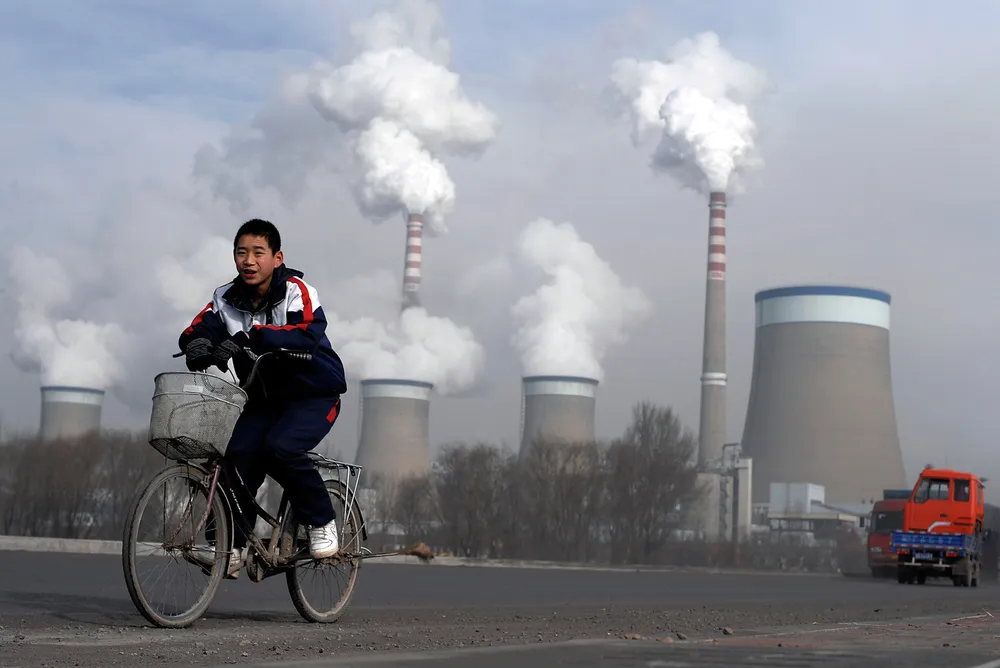China launches world's largest emissions trading system
Scheme expected to play a key role in meeting China's climate ambitions, but critics warn it could have little impact in the near term

Scheme expected to play a key role in meeting China's climate ambitions, but critics warn it could have little impact in the near term
